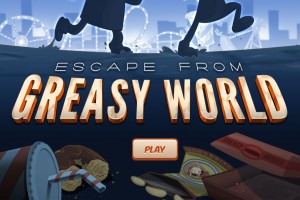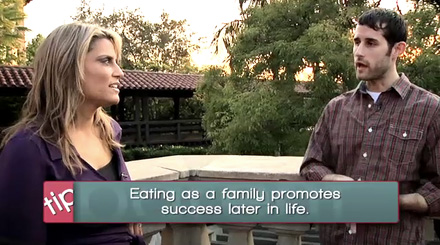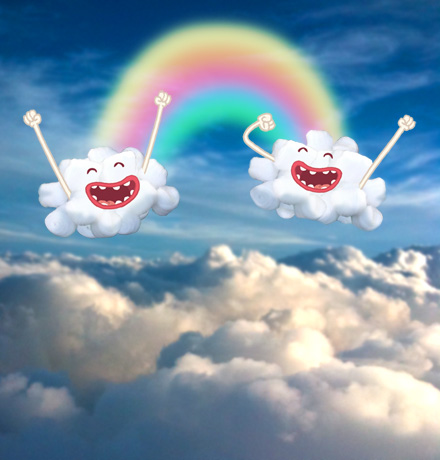In September, the Massachusetts College of Art and Design President, Kay Sloan, announced her resignation. The college shared her letter with the college community and alumni network. While most of the statement was standard fare of things she’d accomplished, what an honor it’s been for her to serve in this role, etc, this paragraph stood out:
But higher education and the art and design world are all undergoing rapid change. Our curriculum and programs, too, must be continually re-envisioned to meet changing expectations of students, possibilities provided by emerging technologies, and new demands of our society and economy. If MassArt is to develop further as an imaginative and innovative leader in visual arts education, it will be essential that the college continues to embrace new opportunities and models of education over the coming decade.
While this warning (and call for change) may seem pretty obligatory at first glance, we think Sloan is underscoring a deep and profound challenge with 21st Century higher education in the arts. Indeed there is a “rapid change” taking hold in our culture and economy. The tools for content creation and distribution are so widely available, anyone with a personal computer can create a work of art which can be seen and talked about by millions of people. How do you convince students interested in the arts, design, and media that they should spend $20,000+ a year on an education they could have produced for a couple thousand dollars in their bedroom?
Crowd-sourcing, the act of outsourcing to a community of contributors, is good for capitalism but not for the artist with massive school debt. Many corporations like IBM, Netflix, Pepsi and others, are already embracing crowd-sourcing to supplement parts of their production. Opening the flood gates of crowd-sourced is leveling the playing field for unskilled contributors while simultaneously driving down the cost of production for creative goods.
The current art school curriculum is deeply rooted in an outsourcing-free, crowd-sourcing-free, early 20th century understanding of the role of the artist as a local artisan and craftsperson. The dependency on a local creative economy has all but disappeared these days. Students graduating now are faced with a workplace devoid of entry-level creative opportunities but abundant with minimum-wage service positions.
The challenge: How do you effectively prepare students for the new creative economy? Here are three suggestions that we feel can revitalize art curriculums to be more effective for creating successful, talented, and culturally transforming artists.
Destroy the Individual Artist
Artists are not birthed in an isolation chamber. There is a Renaissance-era cultural bias towards the individual that is as compelling as it is pervasive. Art history is designed to romanticize the singular view of the artist and it is, this view, that is detrimental to artists. There is a context of support, connection, opportunity, privilege and collaboration that is largely glazed-over or ignored all together by the individual narrative. Graduates who cannot find creative jobs, continue their art-making, or have given up on a creative career unfairly internalize their failure. It is, however, the myth of the individual artist that has failed them. Students are entering a harsh post-college reality where they have little chance to succeed when faced alone.
If not the individual artist, then what? Science also has a long history of romanticizing individual contributors who, in their day, were able to access the entirety of the paltry amount of human knowledge available to them. That is not the case today. If you look at the recipients of the Nobel Prize (specifically achievements in science) over the past two decades, you begin to see a narrative that is largely based on collaboration, not individual scientists having their eureka moment in a lab. A way that creatives can continue to be viable in this new world is to embrace radical approaches to collaboration.
Radical Approaches to Collaboration
A cross-discipline, team-approach to art-making needs to happen early and often during the collegiate experience. Why not require a photography assignment where two (or three) artists work together on a larger body of work. Why not have Graphic Design students interview painting majors and create a small book about their work. Why not have Art History students study a Sculpture major’s work and write a paper about their findings? Why not have an collaborative assignment where Fashion and Printmaking students create a piece of clothing? All of these possible scenarios would encourage students to step outside their comfort zone, make greater connections with the larger creative community, and have a more holistic view (and understanding) of the creative process and arts.
This type of collaboration and cross-pollination will equip students with a better understanding of how the multi-media post-graduation world operates; and most importantly, it’ll help build a foundation for larger creative networks and more powerful cultural institutions.
Inspire a Culture of Entrepreneurship
There is a stigma that artists make bad businessmen and businesswomen, and this myth permeates higher-education creative institutions. Art schools are not grounded in a culture of entrepreneurship and this needs to change. Across the country, many graduate and undergraduate business programs have done a great job of encouraging and inspiring their students to create business ventures after college. Why should we not expect the same from creatives?
The constant complaint from recent graduates is the lack of business courses offered in art schools. While students may get the fundamentals of grant-writing, taxes, and self-promotion, many students don’t understand the value of labor, how to negotiate, or write a business plan. By providing introductory entrepreneur-focused courses, grads will be able to create, market, and launch ventures that have more sustainability and long-term potential. Moreover, the larger creative economy will benefit if artists launched business ventures rather than navigating the bleak world of the individual artist or the even bleaker world of creatively-devoid service industry.




